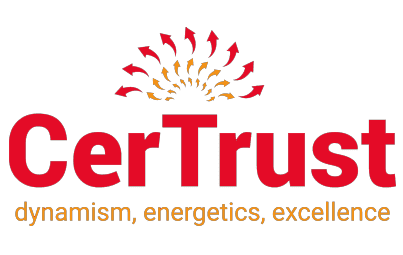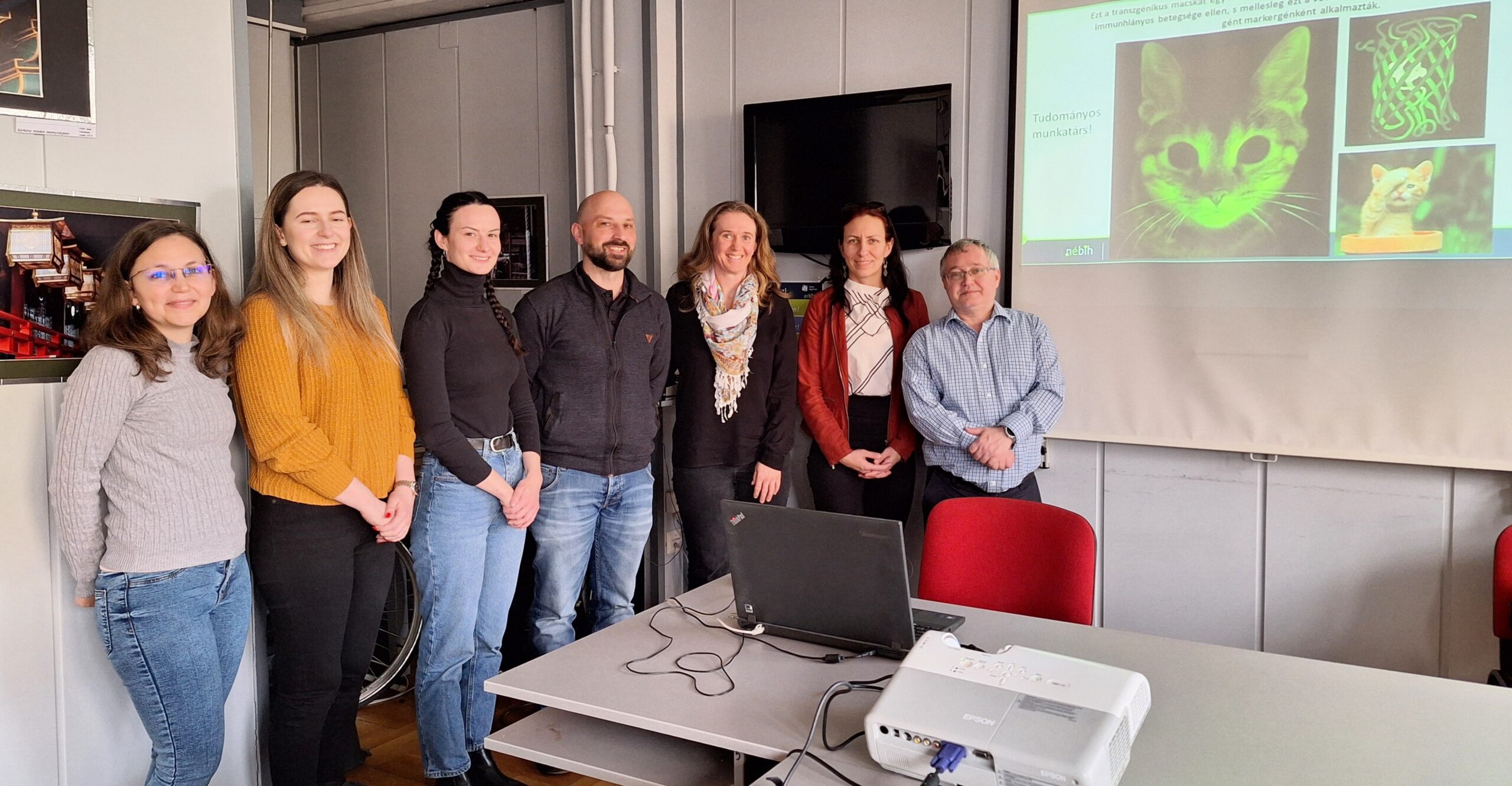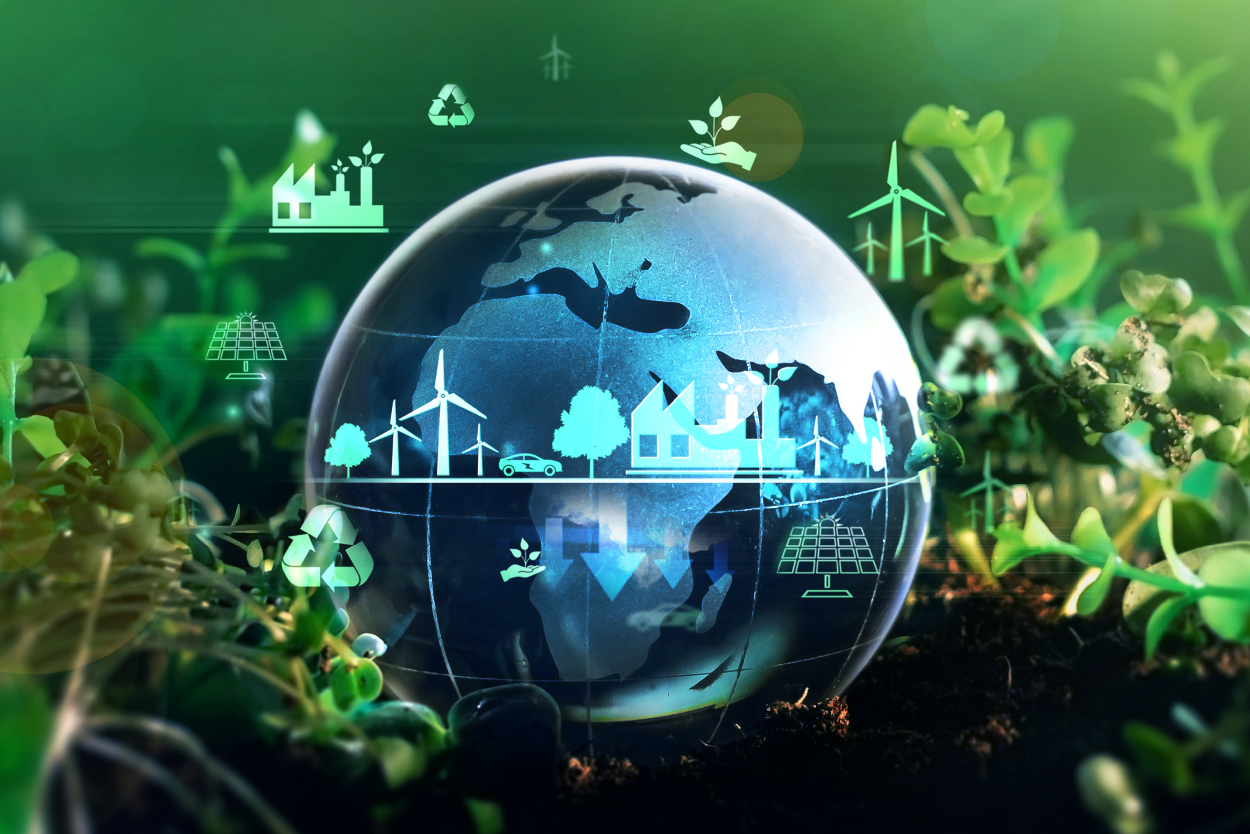Since December 2024, CerTrust has been certifying those EU fertiliser products that can be used in organic production. In addition, we are preparing our accreditaion service to certify organic producers and farms converting to organic production and their products.
The Regulation 2018/848 (EU) regulates organic production and clearly prohibits the use of genetically modified organism (eg. plant and other materials) in organic production.Thus,organic certification bodies need to be familiar with genetic modification techniques as well as legal regulations to ensure that only appropriate organic products are placed on the market.
The expert on the topic, Kálmán Neszlényi, the Head of GMO Testing Theme Group at the Microbiological NRLin the Food Chain Laboratory Directorate of National Food Chain Safety Office (NFCSO), shared the latest developments in genetic modification to the representatives of the CerTrust Agriculture and Environment Sector.
In the world, large areas are cultivated with Generation I GMO crops, which were developed to facilitate cultivation like herbicide tolerance, or insect resistance.In smaller areas the usage of Generation II GMO crops are more pupular, which were developed to improve the quality of products like non-browning apple, or potato. Generation III GMOs has beenemerged rather to produce medicines, vaccines, industrial materials or have improved adaptability to the environment. However, these GMOs are still in experimental or limited cultivation/production. Besides the common usage of GM plants, the first genetically modified farmed animal speces has been authorised for human consumption. This ormanism is the AquAdvantage salmon having a manufacturing permit in the US and Canada.EU member states have strict rules for authorising the use and cultivation of GMOs for food and feed, and for registering and publishing the GMOs authorised on its territory (name, manufacturer, identification number). However, the Member States can restrict or prohibit the cultivation of these GM species, but the useage of GMOs authorised for food and feed on their territory can not be prohibited.
GMO species can significantly reduce biodiversity. Furthermore, little is known regarding the effects of genetic modification on distant genes. Modified organisms can also cross-pollinate other related crop species. Thoseinsect-resistant plants that produce Bt toxins not only kill their pests, but can also be harmful to beneficial insects. Experience has shown (USA) that superweeds and superpests can also be created. Additionally, it is a not insignificant fact that GMOs released into the environment cannot be recalled in the event of a subsequent risk.
The Hungarian Fundamental Law declares that Hungarian agriculture is GMO-free. Accordingly, no GMOs may be sown on our territory.
Only authorised GMOs (events) can be used in food or feed products in the EU. The GMO content above 0.9% must be indicated on the product’s label or accompanying document and must be monitored.
The GM transformation from products using “traditonal technology”, like Agrobacterium or gene gun, can be well detected by PCR tests.Organic farmers must verify the GMO-free status of all of their products and materials purchased at the time of toprovide proof of the GMO-free status of all products made from them upon request.
Achieving GMO-free status is no small task. While in 1996 GM soy was only cultivated on approximately 1 million hectares in the USA, by 2022 more, than 200 million hectares of GMO soy, maize, rapeseed and cotton were grown worldwide.Nowadays 78% of the world’s soy production is already GMO. Encouragingly, tthe NFCSOs tests show very low levels of GMO soy contamination in foodstuffs marketed in Hungary. Furthermore noGMO contamination has been detected in maize or rice in recent years.
The inaccuracy of traditional gene modification techniques led to the development of new genetic techniques, the most promising of which is CRISPR/Cas9. The Cas9 protein uses an RNA that can be programmed to the DNA sequence to be modified to cut the DNA at a pre-designed point, allowing point mutations,insertion or deletion of new gene/DNA fragments with high precision. The risk of this method is is the DNA may change in unexpected places due to the high number of repetitive sequences in plant species. CRISPR/Cas9 technology is used to produce GABA tomatoes (Japan), a browning-resistant chilli (USA), the alpha-galactose-free GalSafe pig (USA), the extra-muscular beagle for research, the micropig (China) for research/pet food.Additionally, genetically modified yeasts, fungi and bacteria can also produce milk or egg white. Unlike conventional GMOs, products made using the new techniques do not always have a well-defined, detectable foreign DNA sequence, which makes them challenging to detect. Detection methods are currently being still developed.
The following products are manufactured using GMOs like: vitamins (B2, B12, C), amino acids and protein-based additives (glutamates, L-lysine, tryptophan), enzymes (lipase, pectinase), others (xanthan gum, citric acid), flavors and aromas, emulsifiers and stabilizers (polysorbates, lecithin).
In EU fertilisers, mainly substances (eg. enzymes) of microbial origin (vitamins, amino acids and other feed supplements, substances derived from soy or corn, animal probiotics, enzyme preparations, litter materials and composts can be GMO-related.
CerTrust certifies the organic use of fertilisers if GMO involvement is excluded.
Thank you to Kálmán and NFCSO for hosting us!
We are organizing an ORGANIC-Webinar at Certrust in the fall of 2025.


